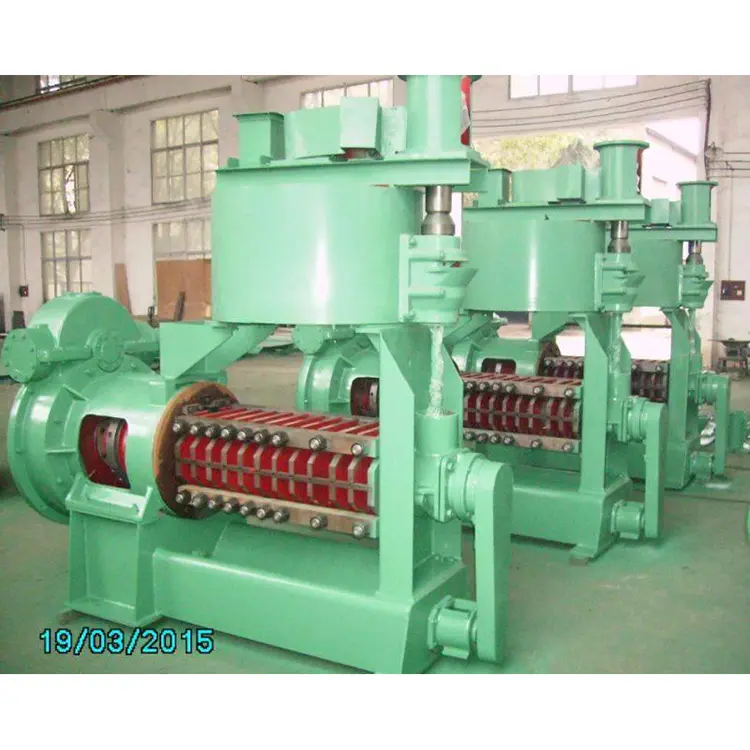Aug . 12, 2024 08:26 Back to list
High-Quality Edible Oil Production Line for Efficient and Sustainable Oil Extraction Process
High-Quality Edible Oil Production Line A Key to Culinary Excellence
In today's fast-paced world, the demand for high-quality edible oils is more significant than ever. With the increasing awareness of nutritional value and health benefits, consumers are seeking oils that not only enhance the flavor of their dishes but also contribute to their overall well-being. A high-quality edible oil production line is essential for meeting these demands while ensuring that the oils produced are pure, nutritious, and free from contaminants.
Understanding the Production Process
The production of high-quality edible oils starts with the selection of raw materials
. Common sources include seeds, nuts, and fruits such as olives, sunflower, canola, and avocado. The quality of the raw materials is crucial; thus, choosing fresh and organically grown produce can significantly impact the final product's quality.Once the raw materials are selected, the production line begins with cleaning. This step is important to remove dirt, debris, and potential contaminants, ensuring that only the best ingredients proceed to oil extraction. Following cleaning, the seeds or fruits undergo a mechanical or chemical extraction process. Mechanical extraction, often referred to as cold pressing, retains more nutrients and flavors compared to chemical extraction methods that utilize solvents. High-quality production lines often favor cold pressing for this reason, as it ensures the oil retains its natural aroma and beneficial properties.
After extraction, the oil is subjected to filtration. This process helps remove any remaining particles, impurities, and unwanted flavors. Utilizing modern filtration technologies can enhance the clarity and stability of the oil, making it more appealing to consumers. It also plays a vital role in extending the shelf life of the final product.
Refining to Perfection
high quality edible oil production line

Refining is another critical step in the production of high-quality edible oils. Although some consumers prefer unrefined oils for their robust flavors, refined oils have their advantages, including a higher smoke point, making them suitable for various cooking methods. The refining process typically involves degumming, neutralization, bleaching, and deodorization. Each of these processes contributes to the oil’s purity, flavor, and shelf stability.
Degumming removes phospholipids that can affect the oil's quality, while neutralization eliminates free fatty acids. Bleaching ensures that unwanted colors are removed, resulting in a visually appealing product. Finally, deodorization removes any undesirable odors, ensuring that the oil has a clean taste that complements various dishes.
Quality Control and Packaging
Throughout the entire production line, quality control is imperative. Regular testing at each stage helps ensure that the oil meets the highest standards for purity and safety. Advanced analytical techniques are utilized to check for contaminants such as heavy metals and pesticides, ensuring that the final product is safe for consumption.
Once the oil passes quality control, it is time for packaging. High-quality edible oils must be packaged in appropriate materials that protect them from light and air, which can lead to oxidation and spoilage. Dark glass bottles or opaque containers are typically preferred as they help maintain the oil's quality over time.
Conclusion
In conclusion, establishing a high-quality edible oil production line involves meticulous care and attention to detail at every step, from sourcing raw materials to packaging the final product. By focusing on quality, producers can meet the growing consumer demand for nutritious and flavorful oils. This commitment not only enhances culinary experiences but also promotes healthier eating habits, reflecting the changing landscape of consumer preferences in today’s market. High-quality edible oils are more than just a cooking ingredient; they are an essential component of a healthy diet and an important aspect of culinary excellence.
-
HP 120 Model Cold Oil Press - Hebei Huipin Machinery | Oil Extraction Machine, Flaxseed Oil Press
NewsAug.16,2025
-
HP 120 Cold Oil Press-Hebei Huipin|Efficient Extraction&Multi-Use
NewsAug.16,2025
-
HP 120 Cold Oil Press-Hebei Huipin|High-Efficiency Oil Extraction&Cold Press Technology
NewsAug.16,2025
-
HP 120 Model Cold Oil Press - Hebei Huipin Machinery | High Efficiency Oil Extraction Machine
NewsAug.16,2025
-
Food Oil Refined Machines: Quality & Efficient Oil Refining
NewsAug.16,2025
-
HP 120 Cold Oil Press - Hebei Huipin Machinery|Oil Extraction&Efficiency
NewsAug.15,2025
